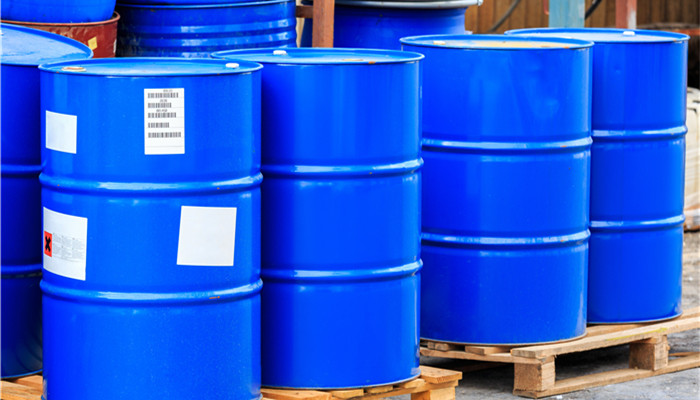
my country’s glycine production is gradually increasing, with Hebei Province accounting for the largest share of production capacity
Glycine (Gly), also known as aminoacetic acid, is the simplest amino acid and belongs to one of the subcategories of non-essential amino acids for the human body. The chemical formula is C2H5NO2, and its boiling point and melting point are relatively high. Solid glycine is mostly a non-toxic, white or off-white crystalline powder with no special odor under normal temperature and pressure. It is easily soluble in water, but insoluble in organic solvents such as ether and ethanol. According to different product purity, glycine can be roughly divided into food grade, feed grade, industrial grade, pharmaceutical grade, etc.
At present, the preparation process of glycine has been basically mature and can be roughly divided into chloroacetic acid ammonolysis method, hydantoin method, biochemical synthesis method, Strecker method, etc. Among them, the chloroacetic acid ammonolysis method has been gradually eliminated by foreign companies due to its long reaction cycle, high production cost, and high degree of environmental pollution. However, due to the relatively backward domestic glycine production technology, most domestic companies still use the chloroacetic acid ammonolysis method for production.
As an industrial chemical raw material, glycine has excellent product performance and is widely used in medicine, food, pesticides, industry, feed, cosmetics and other fields. Among them, the pesticide field has become the largest application field of glycine.
In the field of pesticides, glycine is mostly used to produce glyphosate. Glyphosate is a biocidal herbicide that has the advantages of strong systemic conductivity, broad herbicidal spectrum, and does not affect the growth of crop seeds. Therefore, it has been widely used in the agricultural field. The market demand is relatively huge, and the output has increased accordingly. increase. In 2022, my country’s glyphosate production will exceed 660,000 tons. As the main raw material for the production of glyphosate, glycine has a growing market demand.
According to the “2023-2028 Glycine Industry Market In-depth Research and Investment Prospect Forecast Analysis Report” released by the Industrial Research Center, with the With the gradual advancement of production technology, the comprehensive performance of glycine has been greatly improved, the application fields have been continuously expanded, and the market demand has further increased. Against this background, my country’s glycine companies continue to expand their production scale and their output has increased. In 2022, my country’s glycine output will exceed 400,000 tons.
From the perspective of production capacity distribution, my country’s glycine production capacity is mainly distributed in Shandong, Chongqing, Hebei, Inner Mongolia, Henan, Hubei and other provinces. Among them, Hebei has become the province with the largest glycine production capacity in my country, accounting for 46.9%; followed by Shandong Province, with a production capacity share of 17.2%; Hubei Province ranks third, with a production capacity share of 13.1%.
Industry analysts said that the major glycine companies in my country include Donghua Jiheng, Donghua Jinlong, and Xingfa Jinxin , Guang’an Integrity, Zhenxing Chemical Industry, etc. Among them, Donghua Jinlong, Donghua Jiheng, and Xingfa Jinxin have relatively large production capacities. At present, except for Guang’an Chengxin, which adopts the hydantoin process, most glycine companies in my country still use the chloroacetic acid ammonolysis method for production. As the research and development level of my country’s glycine enterprises gradually improves, green glycine production technology gradually makes breakthroughs, and the industry will gradually develop in a green and environmentally friendly direction in the future.



 微信扫一扫打赏
微信扫一扫打赏
